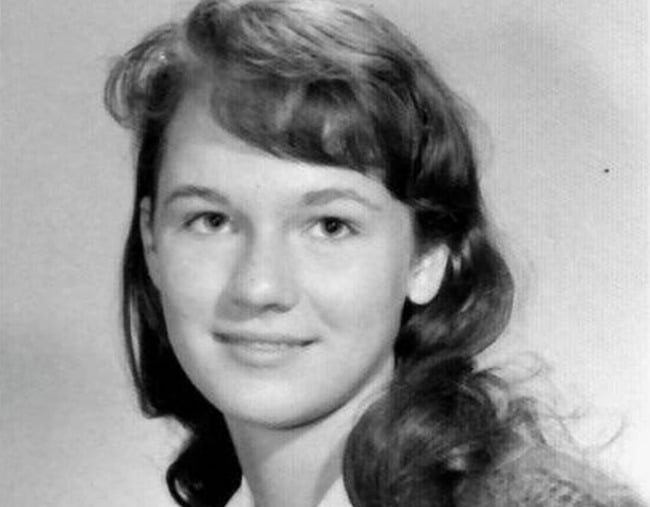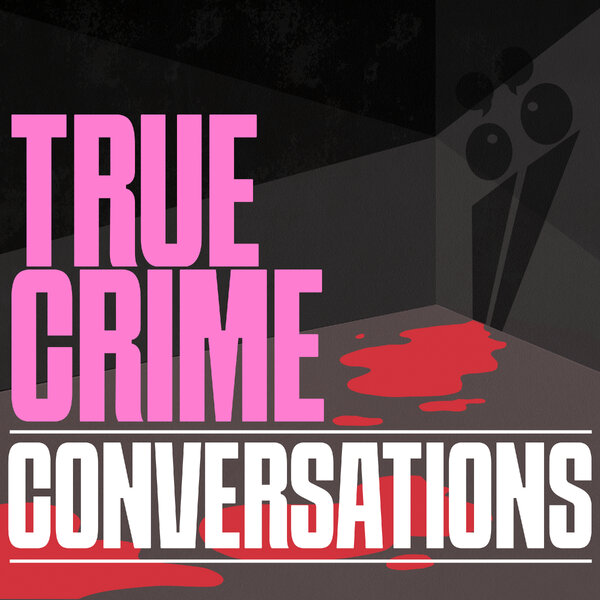
The only sign that something was awry on the afternoon of November 28, 1969, in the cramped library at Pennsylvania State University was the sound of falling books.
There wasn’t a struggle to be heard, not even a scream.
But that afternoon, about 4.45pm, 22-year-old graduate student Betsy Aardsma was stabbed to death between two rows of floor-to-ceiling bookshelves.
Only, it wasn’t until hours later that doctors realised what killed her. Nobody could see she had a knife wound. Most of the bleeding was internal, and what little blood did seep out was camouflaged by her red dress. Her hands also showed no defence injuries. Shrouded in mystery, it’s a case that still haunts the community. And 49 years later, police are still searching for the murderer.
On the morning of Betsy’s death, she woke up in the dorm room she shared with fellow student Sharon Brandt and began her day the way she always did: by writing a letter to her boyfriend David Wright. It was the last one she’d ever write.
Later that day, about 4pm, she and Sharon headed over to the library to do research for a project. When they arrived, they went their separate ways.
Betsy first visited the office of a chief bibliographer before heading to the second level to grab a book she needed. There were only about 90 people in the building at the time, as it was the day after the Thanksgiving holiday.
Betsy went into a passage between bookshelves so narrow, only one person could comfortably pass at a time.





























































































